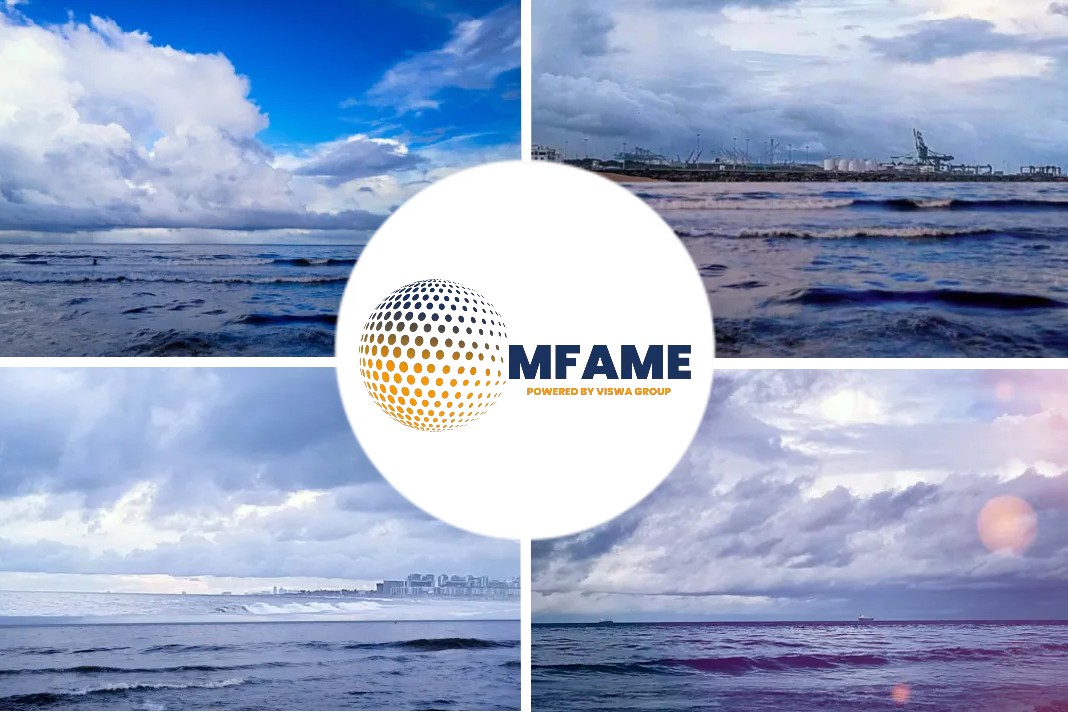
This week, attention is on the gas storage levels in Europe and the demand for Russian crude oil in Asia. The editors at S&P Global Commodity Insights are also monitoring the situation concerning Australia’s thermal coal and LNG imports.
1. EU gas storage sites on track to meet November filling target
What’s happening? Gas storage sites in the European Union (EU) have reached 77% of their total capacity and are progressing well towards achieving the bloc’s target of 90% filling by November 1. S&P Global Commodity Insights analysts anticipate that the EU’s overall stock level will reach 95% of capacity by the end of September.
What’s next? In the event that storage sites reach total capacity by the end of the summer, traders may consider utilising available storage space in Ukraine to store excess gas. A similar situation occurred in 2020 when reduced gas demand during the pandemic led to European storage sites reaching their limits prior to winter. However, concerns persist regarding the security aspect of storing gas in Ukraine due to the ongoing war.
2. Asia could see more crude cargoes from Russia
What’s happening? While the failed military uprising by the Wagner mercenary group in Russia may have unsettled President Vladimir Putin’s government and raised concerns regarding the country’s upstream operations, there is currently no indication that the Russian oil supply is at risk. Russian Deputy Prime Minister Alexander Novak has assured that the energy industry is functioning normally and making preparations for the upcoming autumn and winter seasons. These preparations involve stock accumulation and essential maintenance activities.
What’s next? In the wake of the unsuccessful military uprising, there is a possibility of increased imports of Russian crude oil into Asia. This is because Moscow may diverge from OPEC’s strategy of maintaining tight supply and instead focus on selling more oil to buyers in the region. Traders and officials from refineries in India, China, South Korea, Japan, and Thailand have expressed the view that the attempted military coup signifies potential vulnerability in Russian President Vladimir Putin’s political future. As a result, he may pay decreasing attention to the collective output and market stability strategies of the OPEC+ alliance, with the Kremlin prioritizing the financial security of the regime. According to a survey conducted by S&P Global among 12 traders and analysts at various refiners and trading companies in Asia, the share of Russian crude in India’s total refinery feedstock import basket is projected to rise significantly, reaching close to 40% in 2023. This marks a substantial increase from just under 20% in 2022 and 2% in 2021.
3. Australia jostles in glutted thermal coal market to win back buyers
What’s happening? Australian thermal coal suppliers are gradually regaining their market share in Asia, which they had lost in 2022 due to the availability of competitively priced Russian coal. The resumption of Australian coal supplies to China since the unofficial ban was lifted in January has contributed to this recovery, although export levels remain below those of 2019 when China was a regular buyer of Australian cargoes. Currently, with Europe refraining from coal purchases due to ample stockpiles and relatively cheaper liquefied natural gas (LNG), coal suppliers from various countries are focusing on high-consumption regions in Asia. As a result, the possibility of a significant increase in Australian coal prices is being curbed.
What’s next? Despite the potential increase in coal demand driven by rising temperatures and power needs in major markets like China and India, the substantial domestic coal production in both countries could deter buyers from seeking supply in the international market. Additionally, muted economic activities have contributed to keeping coal import demand under control. China, in particular, has experienced higher production and imports, leading to significant coal stockpiles. If the current trend of reduced industrial activity persists in China, the necessity for coal imports is likely to decrease as well. The prices of Russian coal have reached a level where further decreases are limited, creating a favourable situation for Australian exporters.
4. Japan looks at Qatar, and UAE prospects for diversifying LNG supply sources
What’s happening? According to S&P Global’s LNG database, Japan currently relies on Australia for over 40% of its LNG supply, with long-term contracts for more than 24 million mt/year of Australian LNG set to expire by 2039. Unless extended, over 8 million mt/year of these contracts are due to expire by 2029. Sources and analysts have informed S&P Global that the recent reforms to Australia’s Safeguard Mechanism, which came into effect on July 1, could impact investment cost scenarios and potentially lead to an increase in LNG import prices.
What’s next? In light of Australia’s recent policy change and concerns about its long-term stability as an LNG supplier, Japan is recognizing the importance of diversifying its LNG import portfolio. According to a source familiar with the matter, Japan is actively exploring LNG supplies from Qatar and the UAE. The decisions Tokyo makes regarding the Safeguard Mechanism reform will significantly impact Japanese companies’ considerations for renewing long-term contracts with Australian suppliers. These factors will be carefully weighed by Japanese companies as they evaluate their options.
Did you subscribe to our newsletter?
It’s free! Click here to subscribe!
Source: S&P Global




















